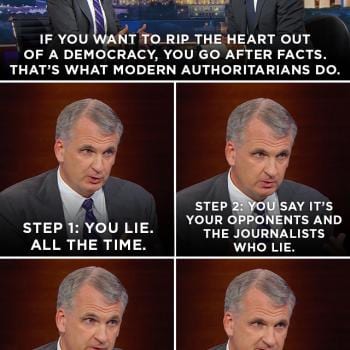From “The Awakened One: A life of the Buddha” by Sherab Chodzin Kohm.
 Image of the Buddha from sacredsites.com
Image of the Buddha from sacredsites.comWhat follows is a very quick set of notes from the above mentioned book. It’s highly recommended for all who are interested in the life and teachings of the Buddha.
Chapters 1 through 4, from his birth through his first teachings.
The story of the Buddha begins long before his own birth, where the man who would become the Buddha (Siddhartha Gautama), in a previous life, vowed before the Buddha of that age – Dipankara – to become a Buddha himself. Dipankara recognized his vow then and prophesied that indeed, this one would become the next Buddha.
In his penultimate birth, in the Heaven of the Contented, the one who would become our Buddha finally determined that his time had come: the Dharma of the previous Buddha had passed and the life-spans of Humanity was right for learning and practicing a new turning of the Dharma wheel. And so he turned over the reign of this heaven to Maitreya, prophesieing that he (Maitreya) would be the Buddha of the next age, and died to be reborn on earth.
The stories of Siddhartha’s birth are well-known by most of us: the auspicious dream of his mother, Mahamaya, the painless birth from her side, and his marks of greatness. His youth, as the son of a king (or chieftain) is also well-known in its legendary form. He was secluded from the world by his father, with the hope that he would become a great chakravartin, or wheel-turning-king. It had been prophisied that he would follow either this route, or he would renounce his father’s kingdom and become a great rishi or seer.
Despite his father’s careful actions, young Siddhartha did manage to get out of the palace on four distinct occasions. On one he saw an old man, weak and withered, and was told that this is the lot of all mortals: to grow old. Next he saw a person crippled with a terrible disease, perhaps lepracy, and told that this too – disease of some form – is a fact of life. Third he witnessed a funeral procession, with a corpose carried on open wood to be burned. Finally he saw an ascetic, free from the worries of material life, contented and smiling. Troubled by these sites, Siddhartha decided at last to leave his palace, including his wife and newborn son, Rahula (which means “fetter”).
As he set forth on his path the myth tells us he was caught up by Mara (a Buddhist sort of devil or demon temptor). But, knowing that the words of doubt were Mara, the Buddha shook him off and continued forth. After some time Siddhartha found a teacher, Arada, who taught him the four levels of jhanic absorbtion. Next he found another teacher, Rudraka Ramaputra, who taught him yet another level of absorption that went beyond the form realm into “neither perception nor non-perception.” But Siddhartha knew that this was not enough – there still was a ‘watcher’ or ‘soul’ that had not been penatrated with these meditations.
Siddhartha’s next route was that of extreme asceticism, total denial of the body in order to ‘free’ the consciousness from its trappings. He spent several years doing this, accomplishing enormous feets, surpassing the austerities of all others, and yet still he was not free from suffering. In this time he picked up five students who followed him and attended to him, amazed by the extent of his ascetic practices. When, realizing that this would get him nowhere, he abandoned asceticism and took food, the students all left him in disgust.
Having revived his weakened body with food, he set forth again to meditate. At one point he finally sat down with total resolve not to move again until fully awakened. There he returned to the meditations he had been taught and pushed further. Again Mara attacked him – this time with everything he had: 1) force and physical hordes of demons – all failing to break the quiescent aura of the soon-to-be Buddha; 2) lust and beauty to tempt him from his mission – again failing; and finally 3) the challenge, “who are you to become enlightened! Who is your witness to practice!?”… Siddhartha simply touched the earth, the famous bhumisparsa mudra, and said, “the earth is my witness.” At this the earth shook mightily and thundered as Mara and his hordes fled in fear.
Returning to his meditation, Siddhartha gained insight into paticcasamuppada, the truth of dependend co-arising. He gained clear vision of past lives, of the forces of karma in his life and in others, and finally he broke all chains of clinging and the suffering they engender – becoming the Buddha.
Ok… ’tis all for now. Come back soon for Sid’s first adventures as “the Buddha.”











